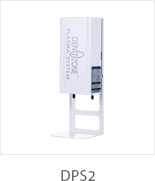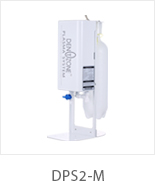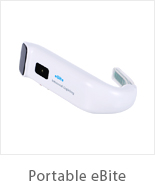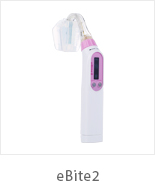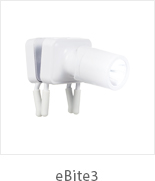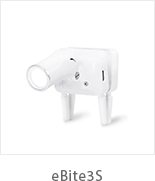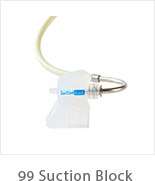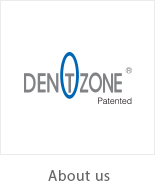| Title | ### The Diesel Injection Pump: A Vital Component in Diesel Engines |
|
Functions of Tie Rods 1. Connecting the Steering System: Tie rods serve as a crucial link between the steering gear and the steering knuckle on the wheel assembly, transmitting the driver's steering input to the wheels. 2. Steering Control: Tie rods help in keeping the wheels aligned and maintaining stability during steering maneuvers. They ensure that the wheels turn in unison to provide a smooth and controlled driving experience. 3. Alignment Adjustment: Tie rods can be adjusted to align the wheels properly, ensuring even tire wear and optimal handling characteristics. In conclusion, the diesel injection pump plays a vital role in the operation of diesel engines by delivering fuel at the right pressure and timing for combustion. Understanding how this component works and maintaining it properly is essential for the efficiency and longevity of the engine. Introduction: Universal joints, also known as U-joints, are mechanical components that provide flexibility in transmitting rotary motion between two shafts that are not in a straight line with each other. They are commonly used in various mechanical systems where shafts need to change their angles or misalignments while transmitting torque. In this article, we will explore the function of universal joints, their types, applications, and important considerations for their use. Function of Universal Joints: The primary function of a universal joint is to transfer rotary motion from one shaft to another, even when the two shafts are not aligned in a straight line. The design of a universal joint consists of a cross-shaped yoke with bearings at each end, which allows for movement in multiple directions. As one shaft rotates, the universal joint allows the other shaft to rotate at a different angle, while still transmitting torque efficiently. This flexibility in movement makes universal joints essential components in a wide range of mechanical systems. Applications of Universal Joints: Universal joints are used in a wide range of applications across various industries due to their ability to transmit rotary motion at varying angles. Some common applications include: The diesel injection pump is usually driven by the engine's camshaft or sometimes by a separate chain or gear. It works by drawing fuel from the fuel tank through a fuel filter and passing it through a series of components before delivering it to the engine cylinders. These components include: Introduction Tie rods are a crucial component in a vehicle's steering system, responsible for connecting the steering gear to the steering knuckle. They play a vital role in maintaining proper alignment and allowing the driver to control the direction of the vehicle. In this article, we will explore the functions, types, signs of wear, and maintenance of tie rods. Signs of Tie Rod Wear 1. Uneven Tire Wear: If the tie rods are worn or damaged, it can lead to uneven wear on the tires, as the wheels are not properly aligned. 2. Steering Play: Excessive play in the steering wheel or a loose feeling while steering could indicate worn tie rods. 3. Vibrations or Shaking: If you feel vibrations or shaking through the steering wheel, it could be a sign of tie rod wear affecting the stability of the wheels. In conclusion, universal joints play a crucial role in transmitting rotary motion between misaligned shafts in various mechanical systems. By understanding their function, types, applications, and important considerations, engineers and designers can effectively integrate universal joints into their designs to improve overall system performance and efficiency. Types of Tie Rods 1. Inner Tie Rods: These are located on the inner side of the steering rack and connect to the outer tie rods. 2. Outer Tie Rods: RPM Monitoring These are situated on the outer side of the steering rack and connect to the steering knuckle or wheel hubs. 3. Adjustable Tie Rods: Some vehicles come equipped with adjustable tie rods that allow for fine-tuning of the steering alignment. Introduction: Oil, fluids, and filters are crucial components of your vehicle's maintenance routine. Understanding the role that these elements play in the health and performance of your vehicle is key to ensuring its longevity and efficiency. In this article, we will explore the importance of oil, fluids, and filters, as well as provide tips on how to properly maintain and replace them. Introduction: Power steering is a critical component in modern vehicles, making steering easier and more comfortable for drivers. One crucial part of the power steering system is the power steering hose. This hose plays a key role in delivering the necessary fluid to the power steering unit, allowing for smooth and responsive steering movements. Understanding the importance of the power steering hose in your vehicle can help you to maintain its functionality and prolong its lifespan. Conclusion: Taking care of your vehicle's oil, fluids, and filters is a fundamental aspect of proper maintenance. By staying on top of regular checks and replacements, you can ensure that your car runs smoothly, efficiently, and reliably. Don't overlook the importance of these components in preserving the longevity and performance of your vehicle. If you're ever unsure about the maintenance requirements of your car, don't hesitate to consult a professional mechanic for guidance. |
|
